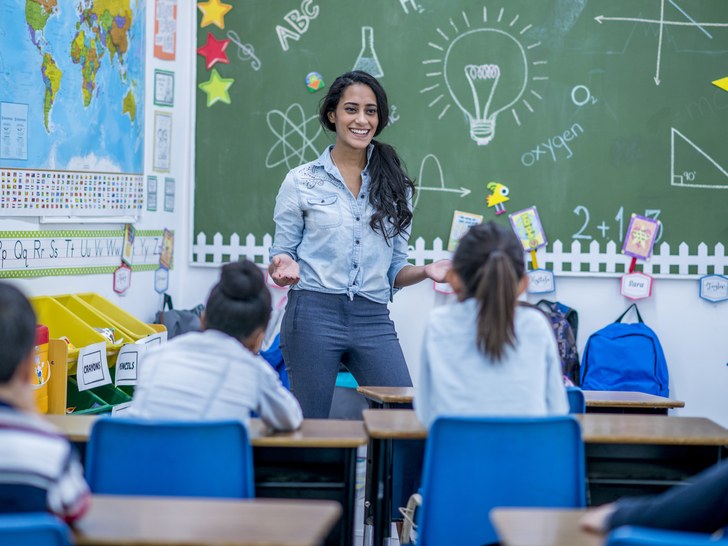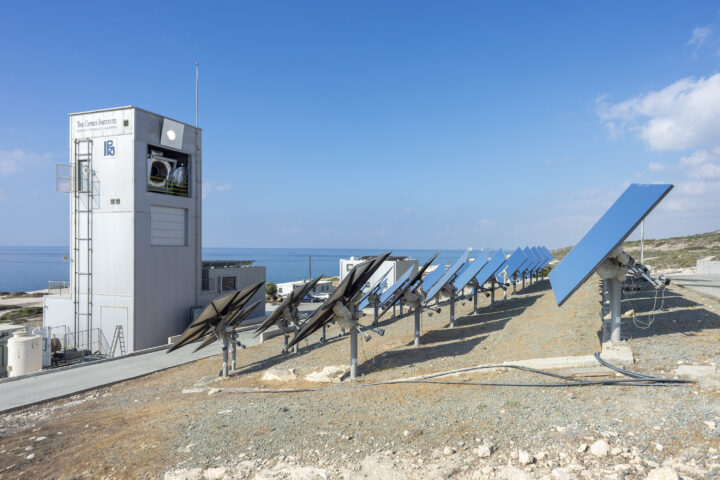By Nicolaos Artemis
The use of Social Media Networks (SMN) is becoming all the more prevalent in our era. They are used mainly by young people, especially students, and they are an important part of their everyday life.
We should not be alarmed by this reality. To the contrary, it is imperative that we manage it properly so as to incorporate SMN in the educational process, thereby adding to the existing educational offering.
In short, we could say that SMN offers the following benefits when it comes to the educational process:
- They encourage more students to actively participate, due to the approachable and “semi-formal” atmosphere they create.
- They help provide a smoother and more efficient learning flow.
- They encourage students and teachers to socialise and interact.
- They contribute to the development of students’ skills and knowledge when it comes to new technologies (a necessary skill in the modern working environment).
- They provide the ability for teaching and learning to take place in a time and place that is convenient for students and teachers.
- They provide students and teachers with increased access to information.
- They provide students with the opportunity to participate in online communities relevant to their field of interest (exchange of views and ideas, familiarisation with different schools of thought, different approaches, other cultures).
- They provide individuals with special capabilities with equal participation in educational processes.
Applications
Indicatively, the following can be applied when incorporating SMN in the educational process:
- Lectures, notes and additional educational material can be made available online.
- Students can post questions/queries on the tool’s “wall” for teachers to respond, that will be available for all to see.
- Students can share additional material and sources.
- Announcements relating to the lesson and comments about assignments can be shared.
- Enables coordination and greater efficiency in the case of group assignments.
- Allows for the creation of an online school newspaper – blog, which can include articles by students and teachers.
- Enables cooperation with students from other schools, locally and from abroad.
- Students can interact with business activities and future employment opportunities.
- Enables contact and cooperation with parents to exchange information and manage problems.
Digital Illiteracy
Without wishing to overlook or undermine the risks arising from the use of SMN (downgrade of interpersonal communication, bad quality of interpersonal relations, social isolation), it is important and beneficial for students.
Not just in terms of their knowledge but also their behaviour, to connect their personal environment with their academic environment, to prepare for a society of lifelong learning and become acquainted with so-called “digital literacy” through the school’s structures.
Undoubtedly, if students, with their teachers’ guidance, manage to separate the educational from the personal use of social media networks, and become aware that a large number of people worldwide use these applications seriously and not only for the purposes of entertainment or “socialising”, we will have made a huge step towards upgrading the educational process.
The writer is Key Stage 5 Co-Ordinator, Mathematics Teacher, Τhe International School of Paphos










